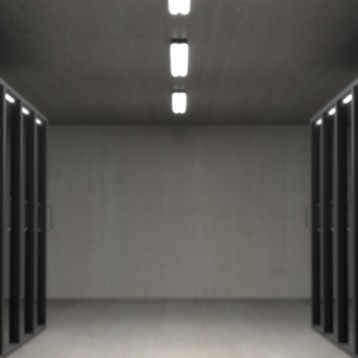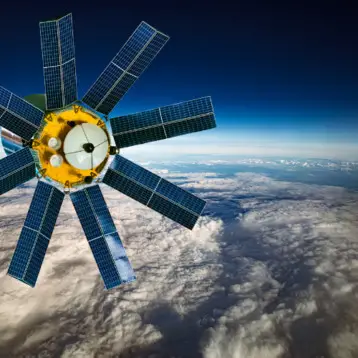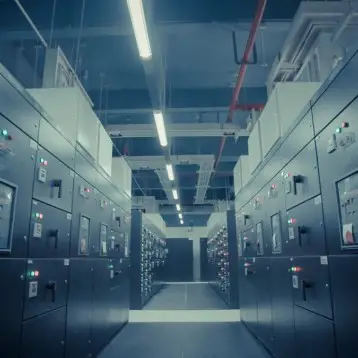|
A binary bit in magnetic hard disk drives is represented by the direction – “up” or “down” – of the magnetic moments in a small region of the disk. Theo Rasing and colleagues at the Radboud University Nijmegen in the Netherlands, together with researchers at Nihon University in Japan, demonstrated their method by flipping the magnetization of a 5 micron-wide spot on a thin magnetic film from up to down and vice versa. While some commercial hard-drives are already using light to read from magnetic bits, this is the first time laser light was used to write data as well. Using only laser light can significantly decrease cost and complexity of future hard drives.
However, the physicists are facing several problems with the development of the technology. The recording area – 5 microns wide – is much larger than that of today’s hard drives’ (less than half a micron). This means users will have substantial speed increase at a price of decreased disk capacity. Julius Hohfeld of the Seagate Research in Pittsburgh said that another problem is the need to have an affordable laser that can fire 40-femtosecond (40 billionth of a millionth of a second) duration pulses. The produced circularly-polarized light should be intense and focused on a 50 nm spot in diameter – smaller than the wavelength of the laser light. Rasing, who had patented the write process, said that these are all solvable problems.
Until now, the physicists worked with materials that are widely used in magneto-optic data storage devices, and did their experiments on a mixture of gadolinium, iron and cobalt. They are now focusing on testing other materials with higher coercivity that could preserve the same storage density as the conventional hard drive.
Future Laser-based hard drives may compete with advanced Solid State hard drives (SSDs), which also offer better performance and reliability. Still, as TFOT mentioned in its comprehensive solid state hard drive coverage, SSDs are still fairly expensive, have relatively small capacity and poor write performance compared to existing hard drives. Despite these setbacks, by the time laser based hard drive technology will mature, most of these issues will probably be resolved.
More information about the technology can be found on Science magazine (requires subscription).











